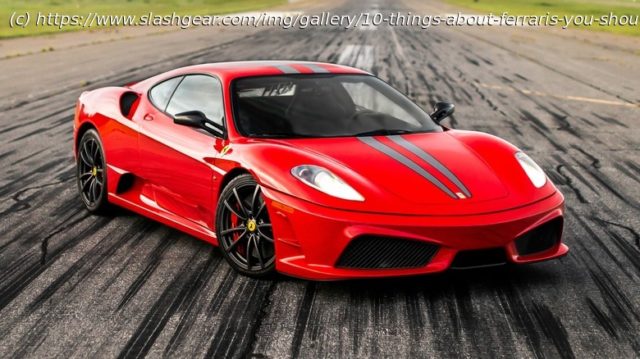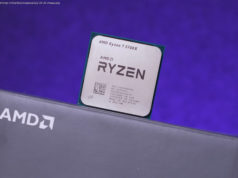For enthusiasts, buying a Ferrari represents the pinnacle of performance car ownership. Here are 10 things about Ferraris you should know before buying one.
For many enthusiasts, buying a Ferrari represents the pinnacle of performance car ownership. Ever since Enzo’s first car, the 125 S, left the factory in 1947, the Italian outfit he created has remained a dominant force in motorsport, and it’s produced some of the world’s greatest road cars along the way. Buying a Ferrari is a way of being part of that legacy, with owners gaining access to exclusive events and meets through both official channels and local chapters of owners’ clubs.
Such exclusivity, of course, does not come cheap. Even the most affordable Ferraris usually sport price tags that are out of reach to all but the wealthiest of sports car buyers, but it’s also that unattainability that’s a key part of the appeal for anyone with deep enough pockets to get their hands on one. If you’re in the market for your first Ferrari, there’s a good chance you’ll be looking for an entry-level example, most likely one that’s a few years old. There are plenty of pitfalls to watch out for when buying a car like this, and if you’re unlucky enough to get caught by any of them, they might even be enough to ruin your ownership experience altogether. So, it’s best to keep these 10 things in mind before heading to your nearest dealership or specialist.You need to decide how you’ll use it
If you’re a first-timer in the market for a Ferrari, chances are you’ll be fairly new to supercar ownership in general. If that’s the case, then it’s especially important to work out exactly what you want to use your Ferrari for before you decide on which model to buy. Ferrari’s lineup includes everything from stripped-out track day toys to luxurious long-distance cruisers, with wildly different driving dynamics at each end of the spectrum.
Buy a front-engined V12 grand tourer, for example, and international road trips through winding mountain passes will fly by with ease, but take your car to a track and you might be disappointed. Likewise, a bare-bones, mid-engined V8 Ferrari will handle much better on the track, but might not be the most comfortable (or practical) thing to take cross-country. Exactly which model you go for will depend on your budget and personal tastes, but it’s worth taking time to consider when and where you’re actually planning on using your Ferrari so you can buy a model that matches up with those plans.They’re not reliable
While no one should be buying a supercar expecting it to be as reliable as a regular passenger car, Ferraris aren’t even reliable by supercar standards. In a recent study by U.K. comparison site Uswitch, Ferraris took up three of the 10 slots on the list of the least reliable sports cars and supercars, with the 612 Scaglietti faring the worst of the bunch. Newer cars do have a much better reputation and build quality has increased overall — plus, if you’re buying from a franchised dealer, you’ll get a warranty no matter whether your car is new or used. Even so, it’s worth keeping plenty of cash spare in the event that something does go wrong.
The questionable reliability of many Ferraris also means that they’re not a great option if you’re looking for a car you can drive day-to-day. While some German supercars can be feasibly used as their owner’s sole vehicle, most Ferrari owners are going to have at least one other car as a backup in case of emergencies. That backup vehicle will almost certainly not have a Prancing Horse badge. In other words, while they’re amazing for an occasional trip or track day use, if you can’t afford at least one other car for the daily commute, you probably shouldn’t be looking at a Ferrari at all.Older cars can cost a fortune to maintain
There are no Ferraris that are “cheap” to maintain, but certain classic Ferraris can be downright extortionate to keep running if you get unlucky. For example, an F355 is one of the cheapest Ferraris to buy, but every few years, it’ll need to have its engine taken out for a major service. That work alone will cost thousands of dollars, although exactly how much will vary considerably based on where you get the work done. One owner reported a bill of $28,000 for an engine-out service: $12,000 in labor, and $16,000 in parts.






